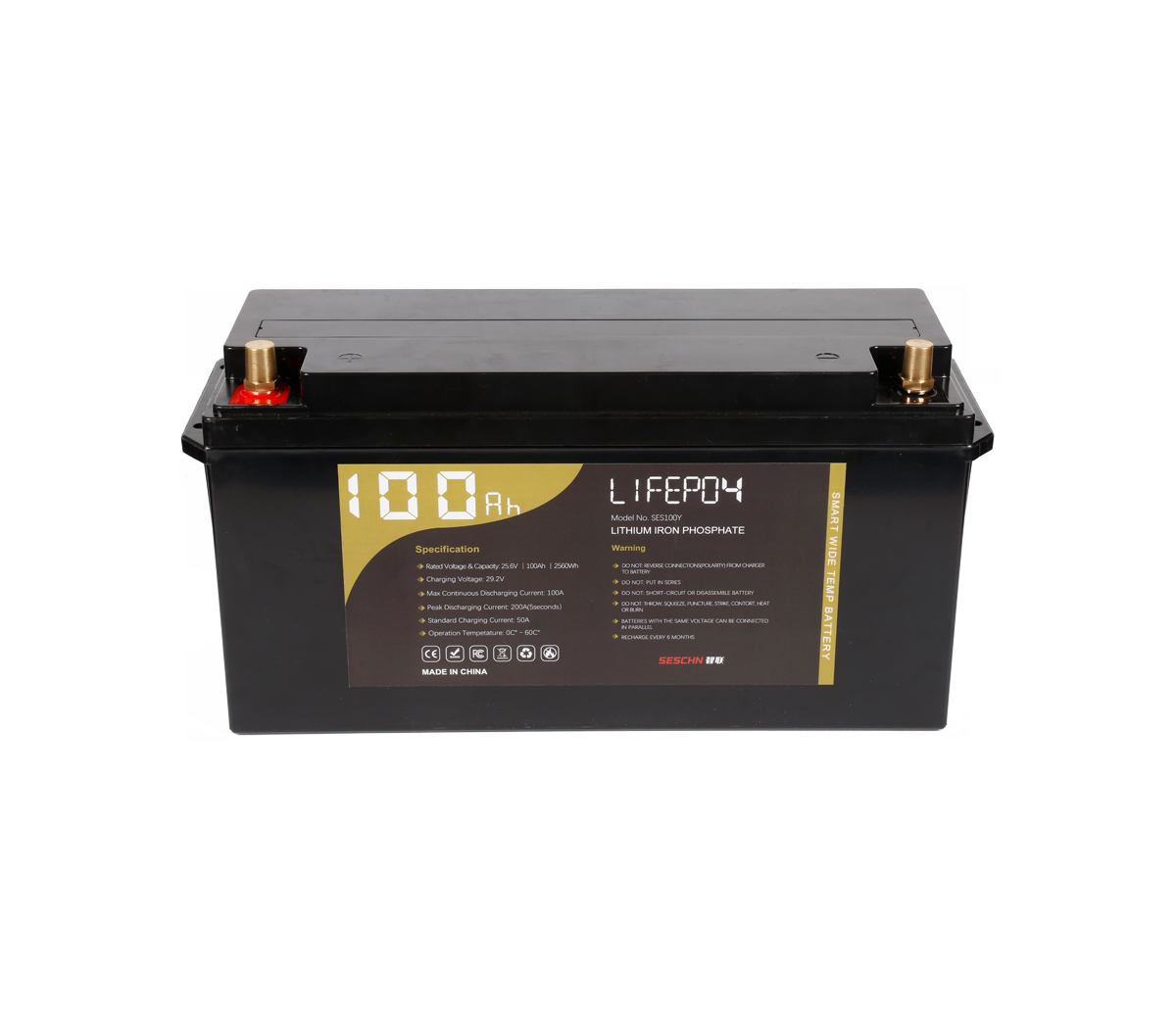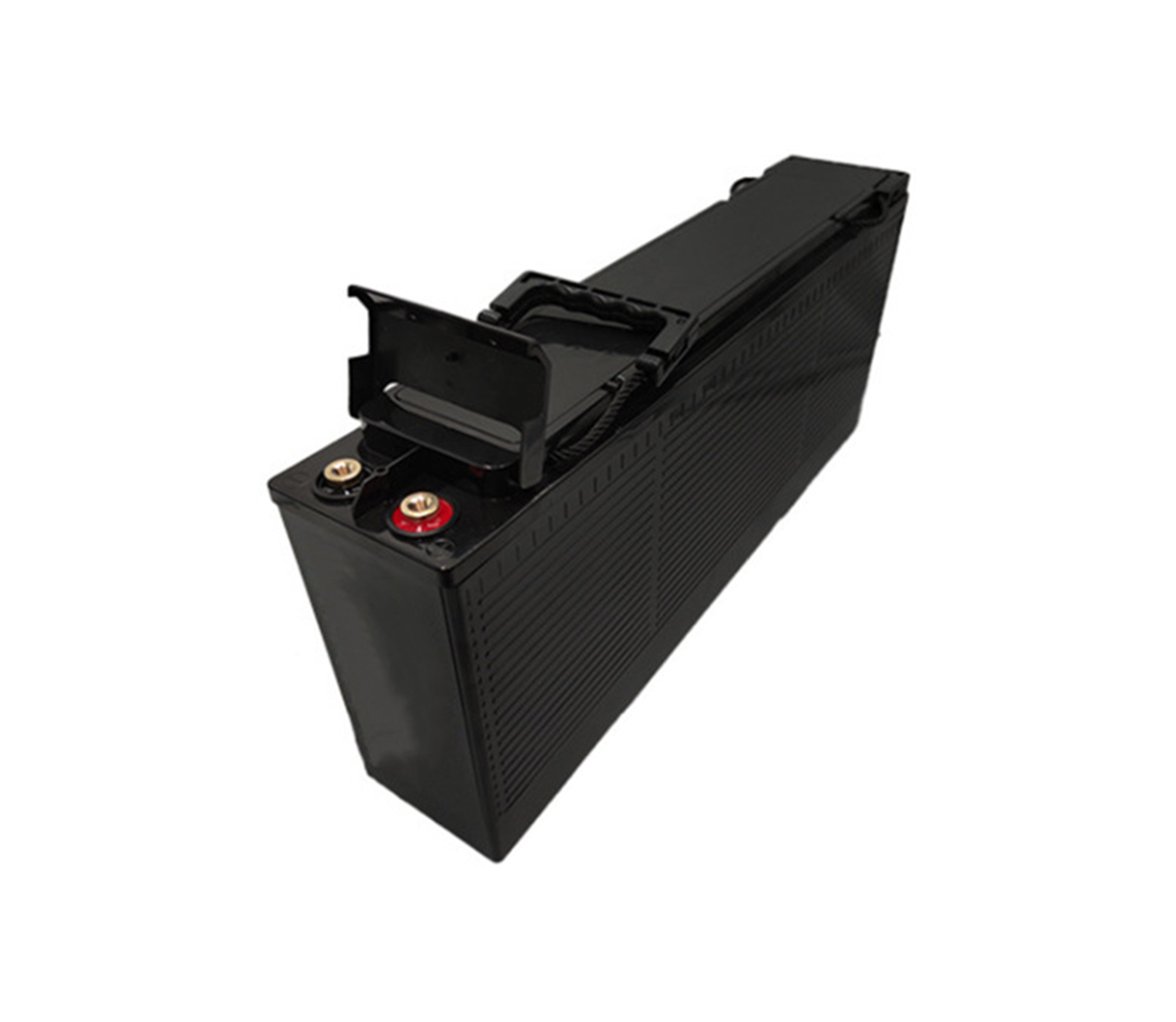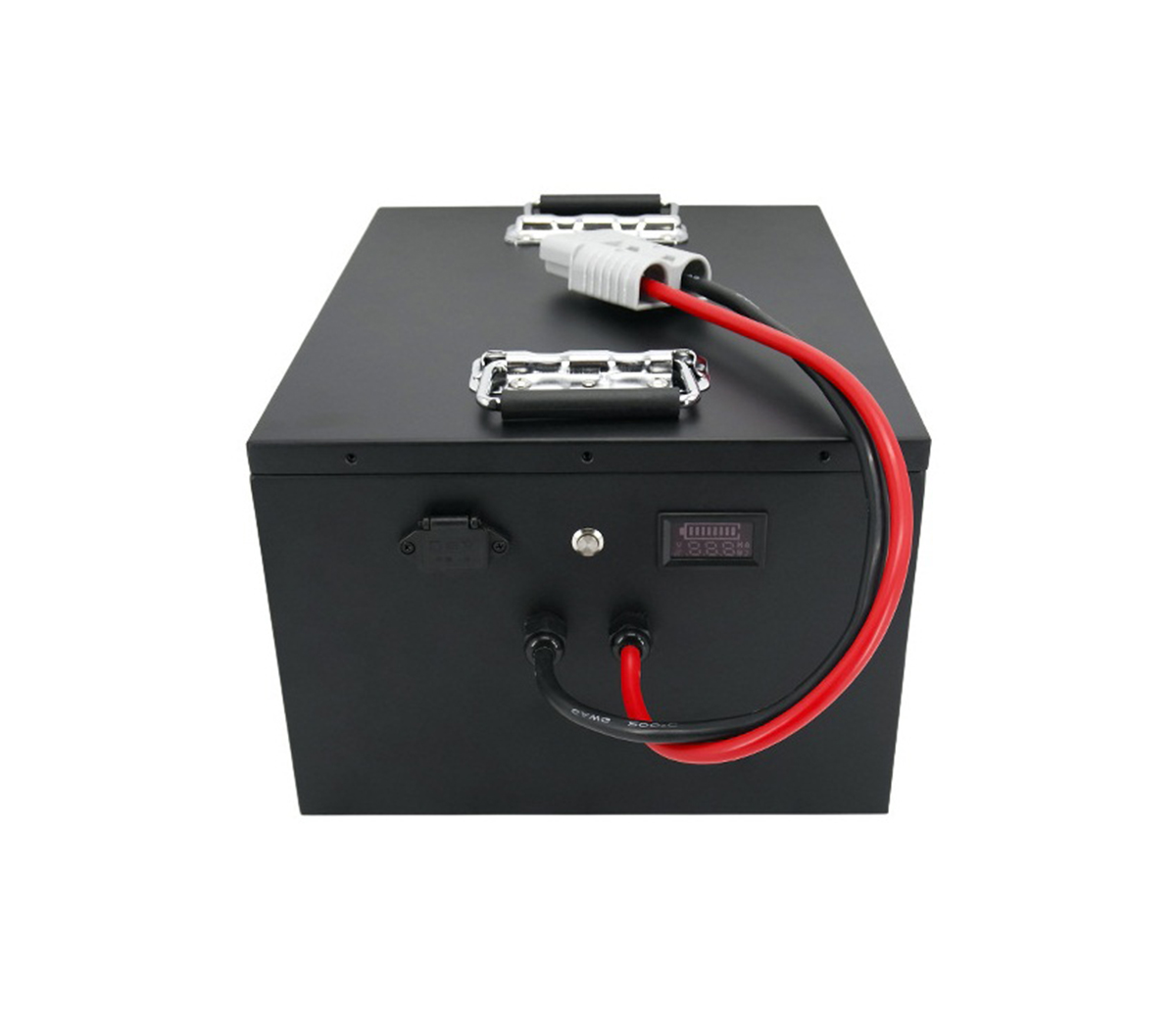Energy storage systems are the key to replacing fossil fuels with renewable energy. However, in the discussions at the 26th Conference of the Parties (COP26) of the United Nations Framework Convention on Climate Change, battery energy storage systems and other energy storage technologies have largely been Neglected. Amit Gudka, founder and entrepreneur of the clean energy infrastructure developer Field Company, thinks this is a bit disappointing.
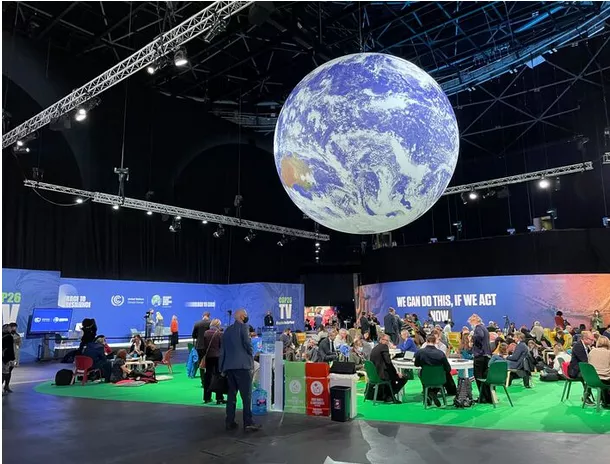
Although the participants of the conference have good original intentions, the battery energy storage system, a key driving factor in the transition to renewable energy, has been ignored in the dialogue on net zero emissions.
In short, if there is no energy storage system, renewable energy cannot be scaled up.
Let us understand why the COP26 conference is a critical moment to change this situation.
1. Time is running out to avoid climate disasters
The Bloomberg report shows that global energy-related carbon emissions need to be reduced by 75% by 2040 to achieve the net-zero target by 2050. This requires a major transition to renewable energy, which also means the need to overcome challenges such as storing renewable energy and grid intermittency.
To do this, a large number of new renewable energy infrastructure (including energy storage systems) needs to be rapidly deployed. In the next 30 years, this will require at least US$15 trillion in global investment.
2. Developed markets need to be committed to deploying renewable energy + energy storage projects instead of natural gas power generation
Natural gas power generation is an improvement, but it is only a medium-term solution to achieve the goal of net zero emissions. The recent fluctuations in natural gas prices are expected to reveal to policymakers around the world the major risks of adopting this short-term strategy, even without considering the obvious reasons related to climate.
The United States (especially Texas and California), China, the United Kingdom, and Australia are the leading countries in deploying battery energy storage systems, but they are still in their infancy.
3. Developing countries have the potential to phase out coal-fired power generation and reduce their dependence on natural gas
Now that renewable energy power generation facilities and energy storage solutions are economically viable, developing countries have unique opportunities. These countries can directly switch from coal-fired power generation to grid-scale energy storage systems combined with renewable energy power generation, and greatly reduce their dependence on natural gas.
This is a win-win situation: at home, they have finally achieved greater energy self-reliance and a more efficient energy base; on a global scale, it has accelerated the world's transition to the net zero goal.
4. The whole world is paying attention-making decision makers bolder
This is a critical moment, no matter what industry sector, everyone has set their sights on COP26.
Now is the time for infrastructure investors to become more flexible with new energy models and consider taking a higher degree of commercial risk for energy storage assets.
If capital wealth is combined with the health of the planet, now is the time to show the world its potential.
What do people want to see at COP26?
People know that the COP26 conference is the time to take action on battery energy storage systems. What should this action be like? People need to see:
(1) Laggard countries immediately make policy commitments to create suitable market conditions for energy storage deployment.
(2) Developed countries have begun to earnestly fulfill their commitments to raise US$100 billion in climate financing each year-so that developing countries now begin to commit to the scale of renewable energy power generation and energy storage deployment.
(3) Developed countries promise to take on more innovation risks and bet on new technologies that may accelerate the net-zero transition.
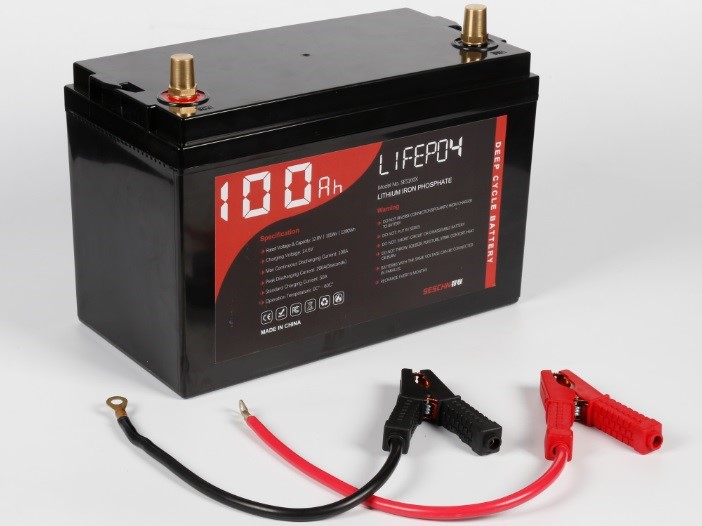
Lithium-ion battery (LIB) has become the main energy storage solution in modern social life. Among them, lithium iron phosphate battery is a perfect replacement for lead-acid batteries, and it is the first choice for grid-connected peak shaving, off-grid energy storage, photovoltaic energy storage, UPS, data center and other industries.
Solar power generation system with lithium battery energy storage system is a very promising clean energy.











